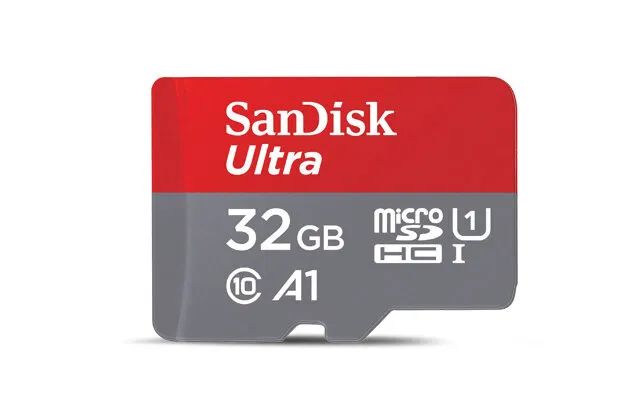Summary: Many friends may have encountered the issue of being unable to format their phone’s memory card, but due to a lack of knowledge about memory cards, they mistakenly believe that the memory card is damaged and discard it. This is quite unwise, as memory cards, while not very expensive, can still be saved if possible. Generally speaking, there are four main reasons why a memory card cannot be formatted: hardware damage to the phone, data corruption on the memory card, the memory card being unreadable, and virus infection. Below, I will present nine solutions that may help you, so let’s take a look together!
1. Why Can’t the Memory Card Be Formatted?
1. Physical damage to the phone’s hardware, in which case the memory card can only be replaced.
2. The memory card cannot be read, leading to formatting issues.
3. Data corruption prevents formatting.
4. Virus infection leads to unsuccessful formatting.

2. Solutions for SD Card Formatting Issues
Method 1: 1. Click Start – Run – enter cmd – format f: /fs: FAT32 (where f: refers to the drive letter of the USB drive); 2. Open Control Panel – Administrative Tools – Computer Management – Disk Management – find the drive letter of the USB drive – right-click – delete the disk partition (this option is grayed out and cannot be selected) – create a new disk partition – follow the prompts to complete the disk partitioning and then you can format the USB drive.
Method 2: Download the USBoot tool (this tool is quite classic and is generally included with ghost system disks, a quick search online yields many results), and format using HDD mode, where you need to unplug and reinsert the USB drive according to the prompts, finally completing the creation of the boot disk.
At this point, you can double-click the drive letter, and it will prompt whether to format. Then click “Yes,” and finally see the long-awaited formatting window, choose FAT format, everything goes smoothly, and once completed, the USB drive can be used normally again without any loss of capacity.
Method 3: Use an SD card repair tool; this kind of tool is simple to use but requires a genuine memory card, and it is recommended to use a card reader to insert the memory card before running the software for formatting and repair.
Method 4: Connect the memory card to the computer using a card reader, then enter chkdsk x: /r in the Run dialog, where x is your memory card’s drive letter, and press Enter to try. If it still hangs, I suggest borrowing a memory card from friends nearby to test; if someone else’s memory card works smoothly, your memory card likely has an issue. If it gets stuck at 0%, excluding the possibility of a damaged card reader, it can be said that your memory card has a hardware fault, as chkdsk can serve as a “soft repair” tool. A hardware fault basically means it is beyond repair.
Method 5: Create a new partition table.
1. Connect the memory card to the computer, right-click on My Computer – Manage – Computer Management.
2. Click on Disk Management under Storage on the left to confirm the disk information displayed for the memory card, such as Disk 1.
3. Right-click Disk 1 – New Partition, select FAT32, and the system will prompt that it has been created successfully.
4. Finally, format the memory card.
Method 6: File Shredding for system files.
Use the file shredding tool from 360 Security Guard or Ruixing (other file shredders can also work) to shred the system files under mmc. Then, you can complete the formatting normally.
Method 7: Delete system files.
By deleting system files, there will definitely be a strange file that cannot be deleted. Select this file, rename it (the key is to change the extension to txt, rar, mp3, etc.), delete this strange file, and then try formatting again.
Method 8: Delete auto files.
Insert the memory card, double-click My Computer, then press alt+t to select Folder Options – View – find (Show hidden files and folders) and select it! Then uncheck (Hide protected operating system files), click Apply, OK! Now right-click the memory card to open it; find and delete all auto files, then safely remove the memory card and reinsert it to double-click and open it.
Method 9: Use a memory card formatting tool for formatting.
Use a memory card formatting tool available online for formatting. However, it should not be ruled out that some memory card formatting issues cannot be resolved with the above methods, and in such cases, it is possible that the memory card is damaged. If the memory card is still under warranty, consider this option.